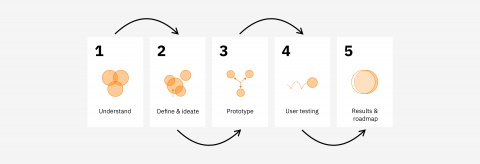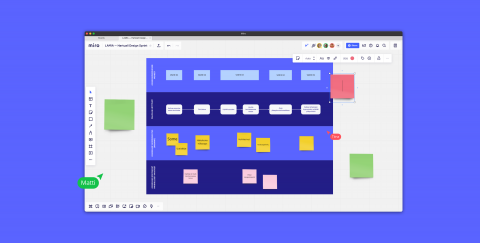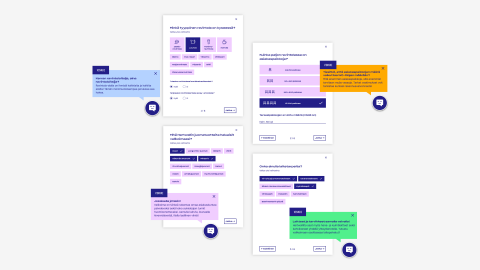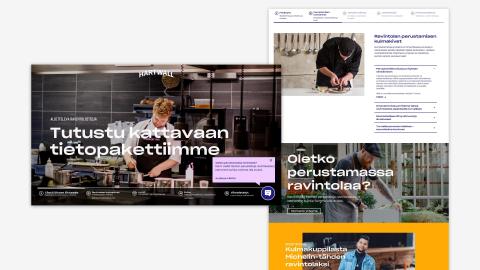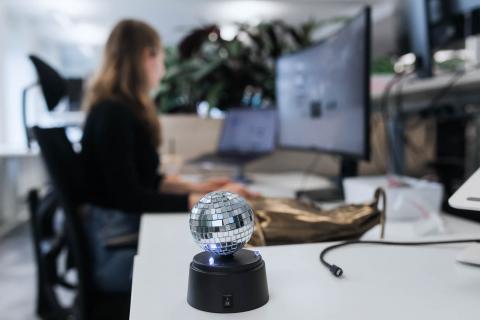Goal: visibility and leads
“When restaurant owners contact us, we work together to plan what equipment and products are needed. However, opening a restaurant involves plenty of regulations, applications and provisions, and new restaurant owners also need information more generally in order to move forward efficiently,” says Tiina Happonen, Hartwall’s Customer Marketing Manager and the project leader, says and continues:
“We wanted to create a new service that would provide important information from the start of a restaurant project. One of our goals was to get good visibility in the target market so that we can help restaurants create their beverage concepts early on.”
“However, another goal for the service was to also make the work of our own sales team easier. Our sales team often advises new restaurants on a very wide range of issues, not just those related to the beverages. There was clear demand for an information packet on opening a restaurant. Our sales team can now happily refer people to this service for accurate information.”
This means that the goal of the project was to both generate sales leads and help Hartwall’s salespersons work more efficiently. “We want to help our customers but also bring in new customers. These perspectives were combined in this service,” Tiina says.
Before starting the project, Hartwall looked for a suitable partner for the project’s service, UI/UX and visual design. Lamia was selected thanks to its expertise. “We already got a lot of ideas and good questions from Lamia’s designers during the offer stage, which impressed us. We wanted the new service to be designed by a company that is specialized in user experience,” Tiina says.
For the technical implementation of the new service, it felt natural for Hartwall to use the Group’s existing web partner, which is why the collaboration with Lamia focused on design work.


